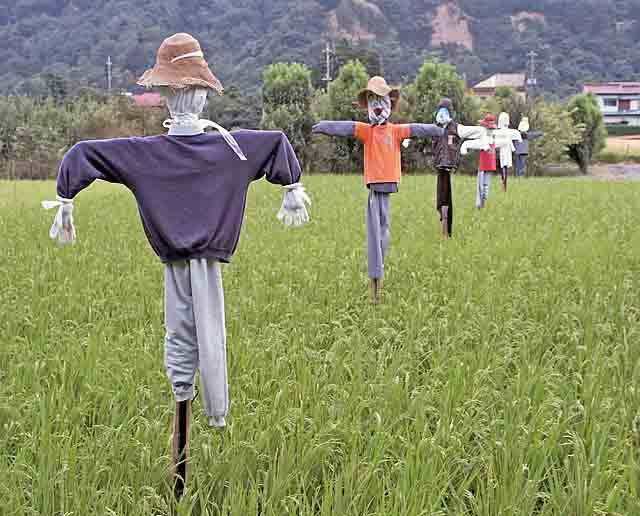11. Trick or Treating evolved from the Celtic tradition of putting out treats to appease the spirits who roam the streets on Samhain.
(image borrowed from oakden.co.uk)
12. "Souling" is a medieval Christian precursor to Trick or Treating, where on November 1, the poor would go door to door and offer prayers to the dead in exchange for soul cakes.
(image borrowed from ca.epodunk.com)
13. The first known instance of Trick or Treating, in print, in North America occurred in Blackie, Alberta, Canada in 1927.
(image borrowed from Wikipedia)
14. Cats have a permanent link to Halloween with their link to witches and the ancient Celtic festival of Samhain. --> There's some more "scary" stuff, but I won't share that here...15. Halloween is short for "Hallows' Eve" or "Hallows' Evening" and is the day before November 1, in order to convert Pagans, Christians decided that All Saints' Day and All Souls' Day should assimilate Pagan holidays that fell around or on October 31st.
16. Black and orange are the colors best associated with Halloween. Orange is known to be a symbol of strength and endurance. Also relating to harvest colors. Black is usually a symbol of death and darkness. It reminds us that Halloween was a festival that marked the boundaries between life and death.
(image borrowed from Ireland.com)
17. Ireland is thought to be the birthplace of Halloween.
(image borrowed from Wikipedia)
18. Scarecrows symbolize the ancient agricultural roots of the holiday.19. Other names for Halloween include: All Hallows’ Eve, Witches Night, Lamswool, Snap-Apple Night, Samhaim, and Summer’s End.
20. Halloween was influenced by the ancient Roman festival Pomona. This festival celebrated the harvest goddess, Pomona. Games such as bobbing for apples came from this time. Other older names for Halloween were San-Apple Night and Nutcrack Night.




Great post! Some interesting facts :)
ReplyDeleteIreland?! REALLY?
ReplyDelete